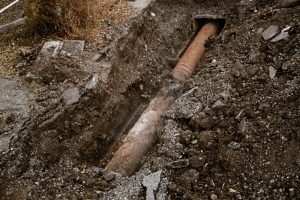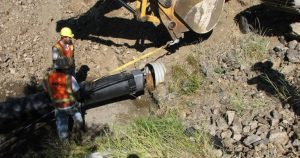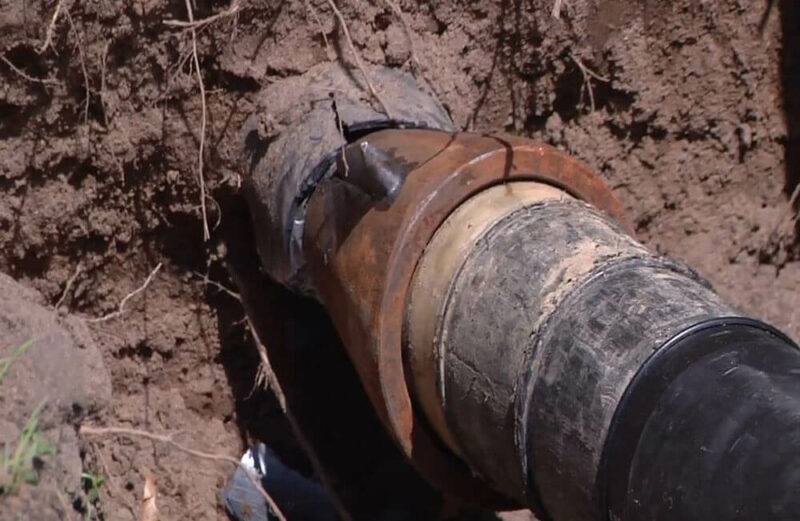The Evolution of Sewer Repair: Trenchless Operations
Underground infrastructure plays a crucial role in our daily lives, ensuring the seamless flow of wastewater. Traditionally, repairing or replacing sewer lines involved extensive excavation, disrupting communities and causing inconveniences. However, advancements in technology have given rise to trenchless sewer operations, revolutionizing the way we address underground infrastructure issues.
The Rise of Trenchless Technology
Trenchless technology has gained prominence for its ability to minimize disruptions, reduce costs, and expedite the repair or replacement of sewer lines. Among the various trenchless techniques, two stand out as the most common and widely used:

1. Pipe Bursting: A Non-Invasive Solution
Pipe bursting is a trenchless sewer operation that involves the replacement of old or damaged pipes with new ones without the need for extensive excavation. This technique is particularly effective in areas with limited access or in densely populated urban environments where traditional excavation methods would be impractical.
Here’s how pipe bursting works:
- The process begins by creating an entry point and an exit point for the bursting equipment.
- A specialized bursting head is attached to a cable or a rod, which is then fed through the old sewer pipe.
- As the bursting head progresses through the existing pipe, it fractures the old material outward, creating space for the new pipe.
- Simultaneously, a new pipe is pulled or pushed into place, replacing the old pipe as it bursts apart.
The result is a seamless, efficient replacement of the sewer line with minimal disruption to the surrounding area.
2. Trenchless Lining: Reinforcing Infrastructure Without Excavation
Trenchless lining, also known as cured-in-place pipe (CIPP), is another widely adopted method for rehabilitating existing sewer lines. This technique involves the installation of a lining within the existing pipe, reinforcing its structural integrity and preventing leaks or cracks.
The trenchless lining process typically includes the following steps:
- A flexible lining saturated with a resin is inserted into the existing sewer pipe using inflatable bladders or other means.
- The resin-coated lining is then cured in place using heat, ultraviolet light, or ambient temperature, transforming it into a durable, seamless pipe within the original infrastructure.
- Once cured, the new lining provides structural support, eliminates leaks, and enhances the overall longevity of the sewer system.
Trenchless lining is particularly advantageous in scenarios where the existing pipe is still structurally sound but requires reinforcement or sealing to extend its lifespan.
The Benefits of Trenchless Sewer Operations
Both pipe bursting and trenchless lining offer numerous advantages over traditional excavation methods, making them increasingly popular choices for sewer repair and replacement:
- Minimal Disruption: Trenchless operations significantly reduce disruption to communities, businesses, and traffic flow compared to traditional excavation.
- Cost-Effective: The efficiency of trenchless techniques often translates to cost savings, as they require less time, labor, and restoration work.
- Environmentally Friendly: Trenchless operations produce less waste and have a lower environmental impact compared to traditional excavation methods.
- Rapid Completion: Trenchless repairs are typically completed faster than traditional methods, minimizing inconvenience to residents and businesses.
- Preservation of Landscaping: Trenchless techniques help preserve existing landscaping, gardens, and pavement, reducing the need for extensive restoration.
In conclusion, the two most common trenchless sewer operations, pipe bursting and trenchless lining, have transformed the landscape of underground infrastructure repair. As technology continues to advance, these methods are likely to become even more refined and widely adopted, ensuring a sustainable and efficient approach to sewer system maintenance. For drill it group piping solutions click this.


